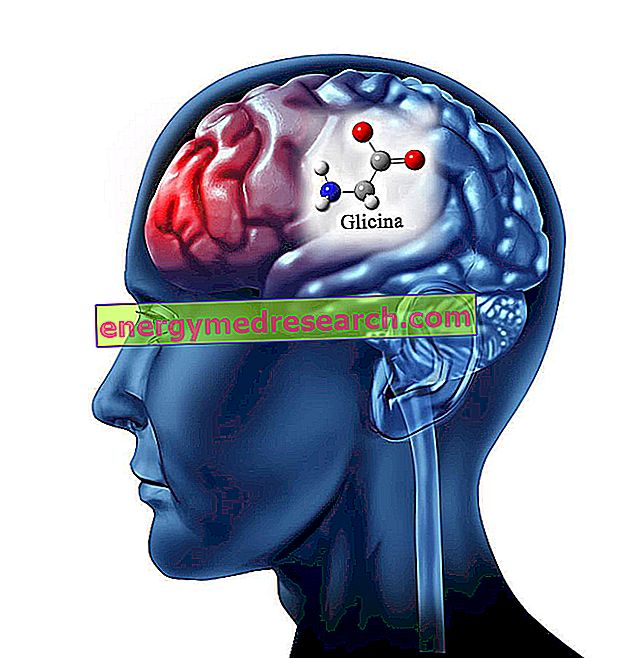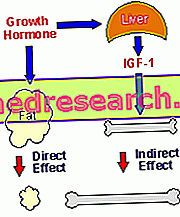
Encephalopathies represent a group of particular pathologies, which are distinguished by a structural and functional alteration of the brain.
The various types of encephalopathy differ from each other due to the triggering causes - to which they usually owe their names - for the symptoms, for the complications, for the treatment and for the prognosis.
Congenital or acquired, an encephalopathy can last a lifetime ( permanent encephalopathy ) or may have a more or less important margin of healing ( temporary encephalopathy ).
A form of permanent encephalopathy, which occurs due to an abnormal accumulation of the amino acid glycine in the brain and in the cerebrospinal fluid, is the so-called glycine encephalopathy .
To cause this abnormal accumulation of glycine are genetic mutations, present from birth (congenital), dependent on the enzyme system responsible for the catabolism of glycine .
Recalling that by catabolism is meant the set of metabolic processes aimed at the production of simpler and less energy-rich substances, the enzyme system responsible for the catabolism of glycine is more properly called a cleavage system and is composed of 4 different enzymes (or enzymatic subunits).
These 4 enzyme subunits cooperate together to " break up " the glycine - a biological molecule of a certain complexity - into carbon dioxide and ammonia - two simpler molecules from whose formation useful energy is generated for the organism.
The presence of a genetic mutation against one of the 4 enzymatic subunits - which are nothing but proteins - involves the failure to "break up" the glycine and its consequent accumulation in various tissues and body fluids (brain, cerebrospinal fluid, liver, etc.) .
From the accumulation of glycine in the brain and in the cerebrospinal fluid, the typical symptoms of glycine encephalopathy arise: mental retardation, hypotonia, lethargy, seizures, cerebral malformations, myoclonus, diplegia, optic atrophy, paralysis of the gaze etc.
Epidemiology
The second most common disease of amino acid metabolism (in the first place is phenylketonuria), glycine encephalopathy is very rare. According to a statistical study, in fact, it would affect an individual every 60, 000 or so .GENETICS
The cleavage system is composed of the so-called protein T, protein P, protein H and protein L.Of these 4 subunits, three are capable, if mutated, of causing glycine encephalopathy.
In this case, it is:
- Protein T, which is responsible for the disease in just over 20% of cases
- Of protein P, which is involved in 75% of cases, e
- Of protein H, which is involved in 1% of cases.



